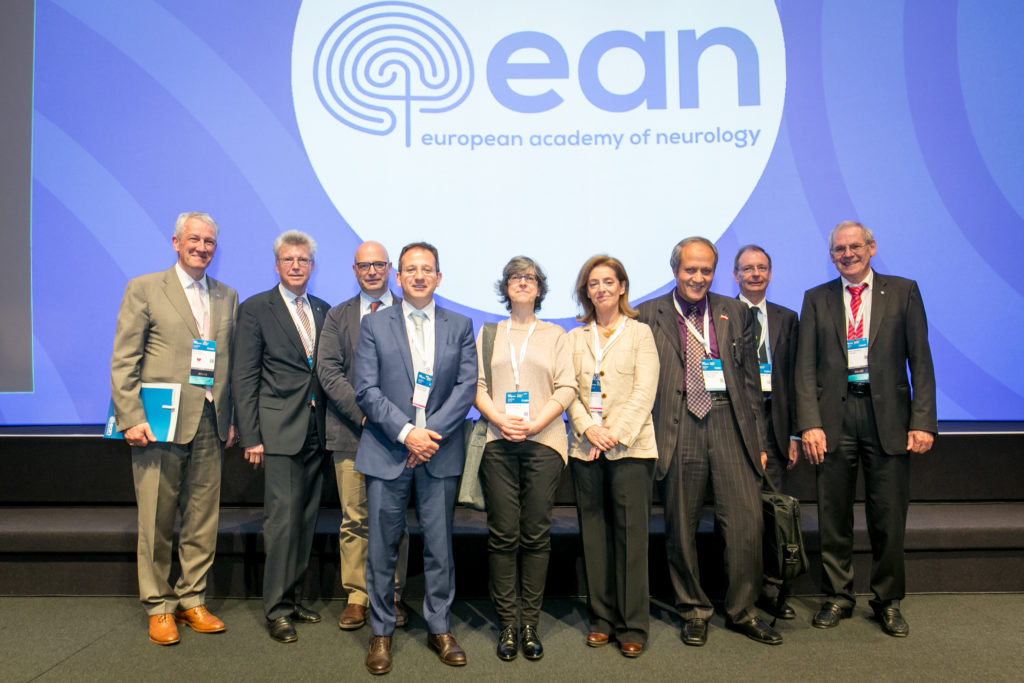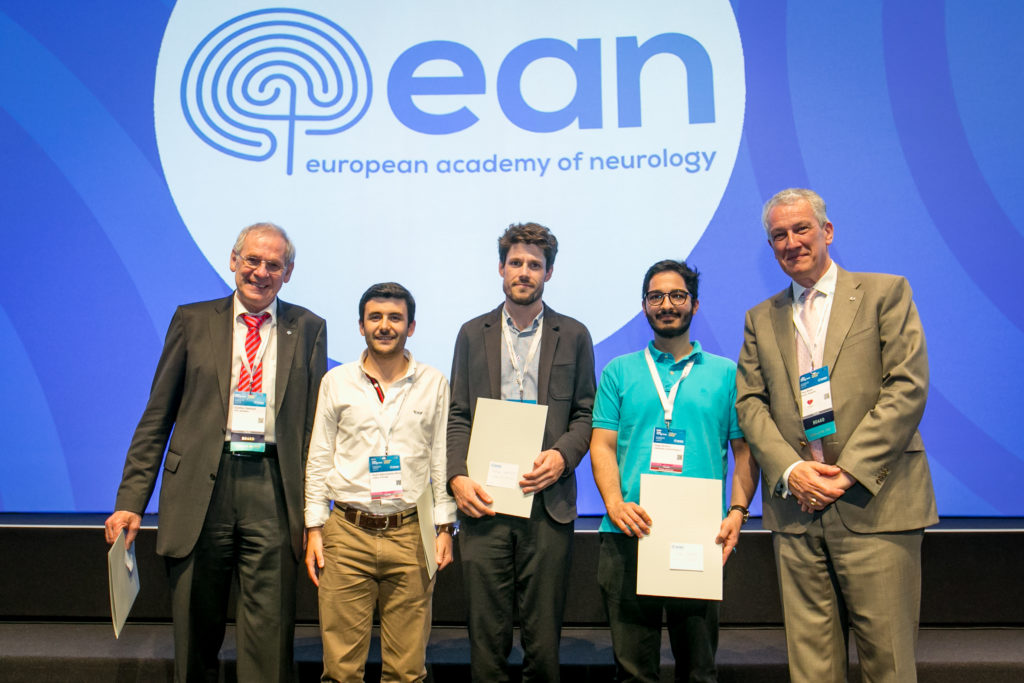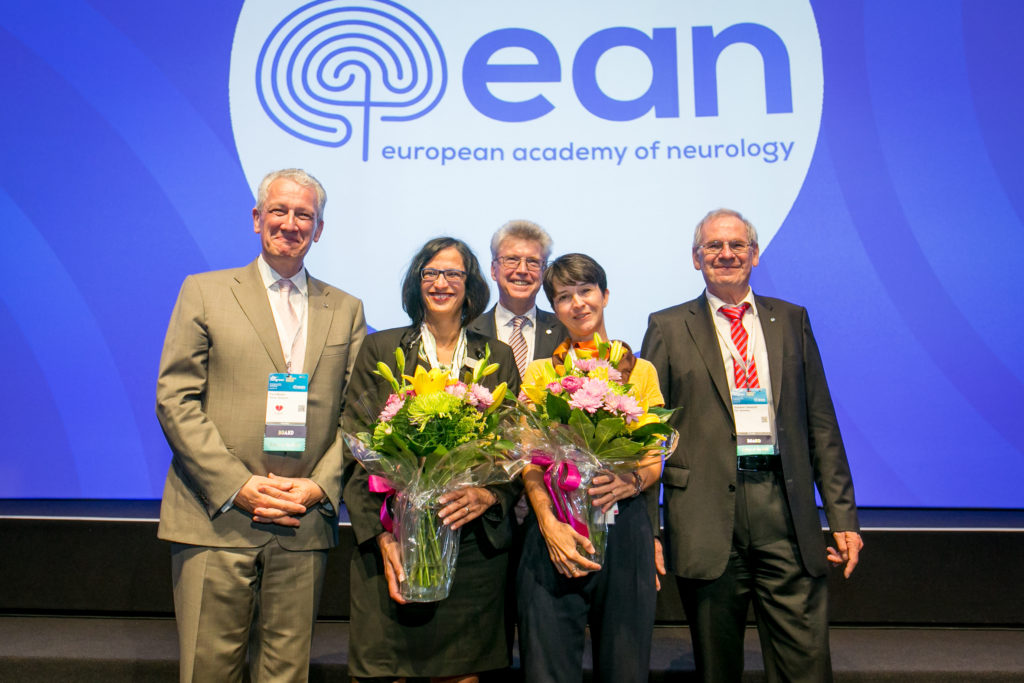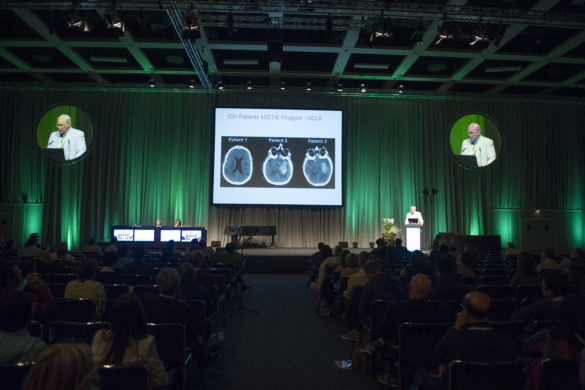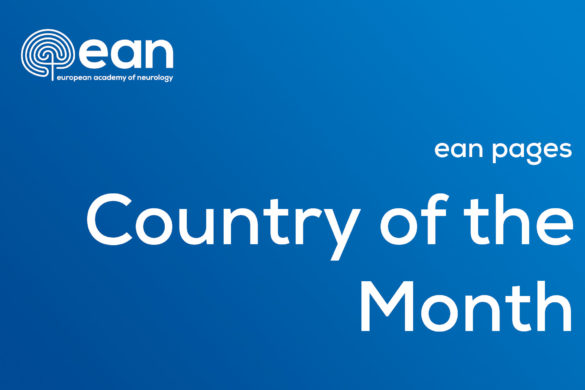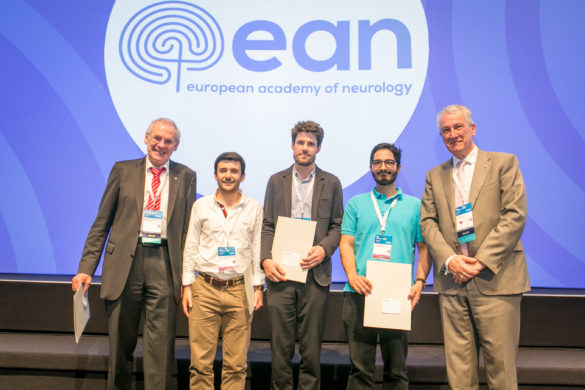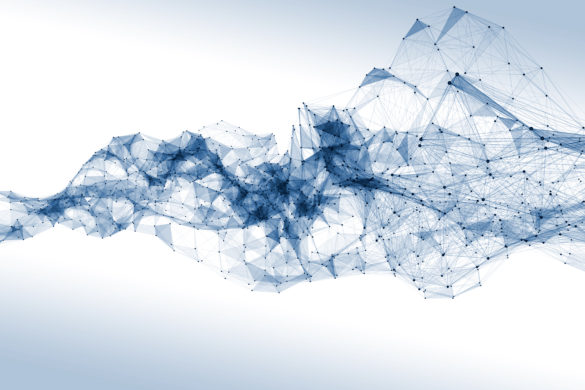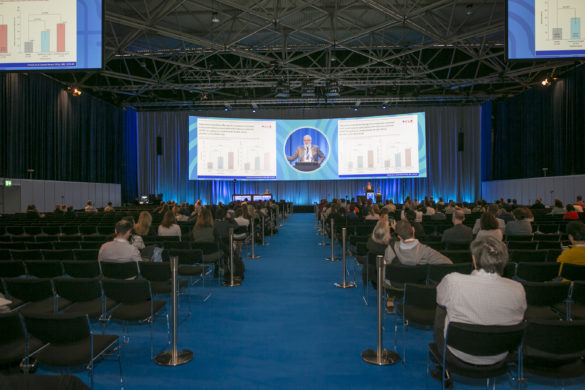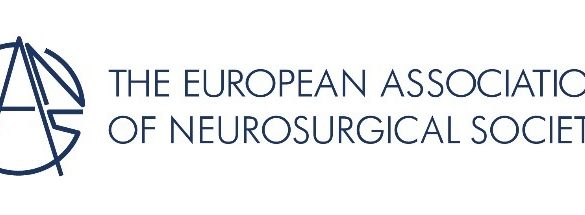Highlights and late breaking news session
19.06.2018
by Tim von Oertzen
This session was chaired by the outgoing EAN president Prof Gunther Deuschl, the chair of the Programme Committee, Prof Paul Boon, the incoming EAN president Franz Fazekas and the chair of the local organizing committee Prof Joachim Ferreira. In the first part of the session, congress content of several neurological areas was highlighted by specialists of the host country.
Prof M. Alves de Carvalho presented impressive advances in the field of neuromuscular disorders and neurophysiology. In particular, he reported about new treatment for hereditary ATTR amyloidosis with polyneuropathy (Patisiran), the role of steroids in long term treatment of Duchenne muscular dystrophy, and micro RNA as biomarker in muscular dystrophies and metabolic myopathies. In the domain of neurophysiology he highlighted the role of motor unit number index estimation (MUNIX) in frontotemporal dementia.
Prof Patricia Canhao reported about developments in stroke. Patient selection for acute treatment is improved with precision medicine identifying the mismatch of stroke pathology in imaging. Although patients over 80 years are underrepresented in randomized trials of thrombectomy, 1/3 were functional independent after 3 month. Thrombolysis remains the most important treatment for the vast majority of acute stroke patients. Tenecteplase has shown equally effective as alteplase in the NORSTROKE study. The BAT score is predicting expansion of intracranial hemorrhage. Idarucizumab in patients on dabigatran is beneficial in treatment of intracranial hemorrhage and allows save thrombolysis after ischemic stroke.
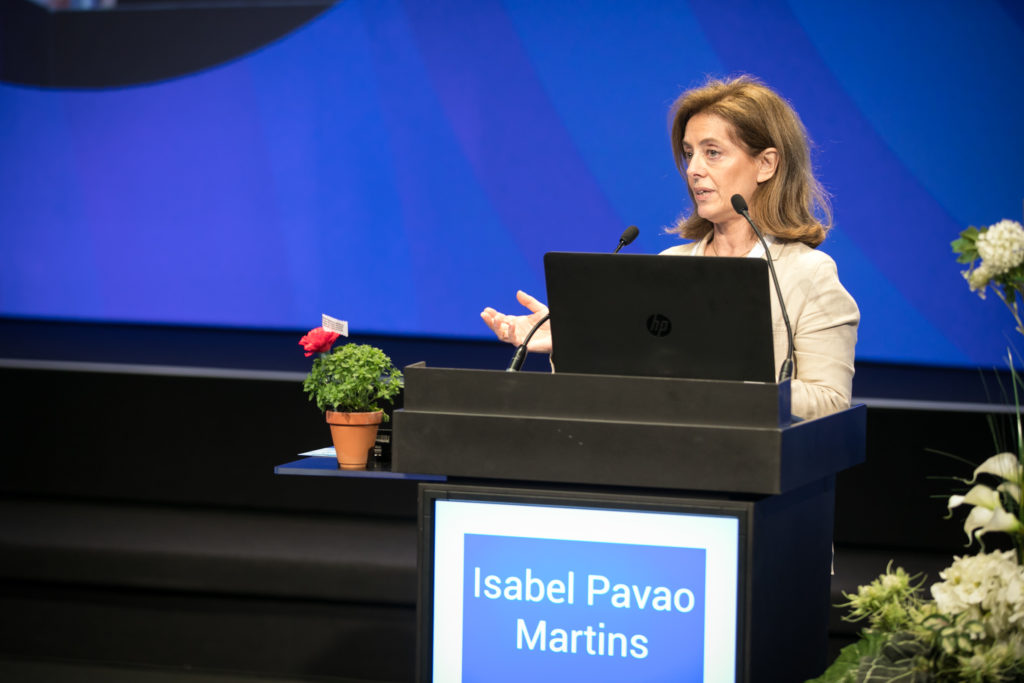 Prof Isabel Pavao Martins summarized headache which comprised 47 presentations on pathophysiology, clinical issues and therapy. As an example, migraine with aura is associated with thicker visual cortex in V2 independent from frequency of attacks. Comorbidities in migraine can be divided in 8 domains which differ in demographics and headache features. In the treatment area, post hoc analysis of specific subgroups revealed that failure to previous preventive therapy is not related to failure with GCRP abs or GCRP receptor abs.
Prof Isabel Pavao Martins summarized headache which comprised 47 presentations on pathophysiology, clinical issues and therapy. As an example, migraine with aura is associated with thicker visual cortex in V2 independent from frequency of attacks. Comorbidities in migraine can be divided in 8 domains which differ in demographics and headache features. In the treatment area, post hoc analysis of specific subgroups revealed that failure to previous preventive therapy is not related to failure with GCRP abs or GCRP receptor abs.
Prof Joao Jose Araujo Cerqueira reported that several presentation in MS at the congress were focused on care delivery. Research is focusing on biomarkers e.g. serum NfL level for treatment response and prognosis. Regarding treatment he mentioned the first results of extended interval dosing with natalizumab to reduce risk of PML from the TOUCH registry. An extrapolation of the ORATORIO trail revealed that the risk of becoming wheel chair confined is delayed by 7 years with ocrelizumab.
Prof Alexandre Valerio de Mendonca reported about dementia and cognition. He stressed the importance of genes in the onset and type of dementia. Different mutations in different genes are relevant for the different phenotypes but not causative. Big data analysis has shown that amyloid is dissociated to classic risk factors. Novel therapies are expected to approach quickly particular in the area of gene therapy and antibodies.
Movement disorders was reported by Prof Miguel Coelho. He highlighted the epidemiological studies showing a significant increase of prevalence to 197/100.000 in Estonia within 20 years. Patients with Parkinson’s disease and vascular burden showed increased risk of cognitive decline and dementia. A longitudinal assessment of Parkinson’s disease showed that 72% suffered already significant autonomic dysfunction at the time of diagnosis, raising to 100% after 3 years. For the new COMT inhibitor opicapone 50 mg it was shown that increased rates of dyskinesia are related to high doses of levodopa and dopamine agonists. A study on 10 years outcome of DBS in PD showed that there was a reduced risk of recurrent falls and psychosis but not for dementia and nursing home placement.
In the second part, Prof Paul Boon introduced the breaking news session. As an initiative of the EAN president Prof Deuschl, this new feature of EAN congress in collaboration with Lancet Neurology allowed presentation of two papers released online simultaneously with the presentation here in Lisbon.
Prof Albert C Ludolph reported on his article: ‘Safety and efficacy of rasagiline as an add-on therapy to riluzole in patients with amyotrophic lateral sclerosis: a randomised, double-blind, parallel-group, placebo-controlled, phase 2 trial’
Prof Benedikt G.H. Schoser reported on his article: ‘Cognitive behavioural therapy with optional graded exercise therapy in patients with severe fatigue with myotonic dystrophy type 1: a multicentre, single-blind, randomised trial’
Prof Deuschl announced the winners and runners-up of the tournament for neurology in trainee (winners: Juraj Secnik, Sweden, clinical; Lucia V Schottlaender, UK, basic; runners up: Tim Kelderman, Belgium, clinical; Philipp Mahlknecht, Austria, clinical; Pedro Nascimento Alves, Portugal, basic; Hugo Oliveira, UK, basic)
Furthermore he thanked the chair of the local organizing committee, Prof Ferreira, Congrex, Sabine Adam, and the headoffice, Anja Sander.
Prof Erik Tauboll introduced the next EAN congress in Oslo, Norway on June 29th to July 2nd 2019. The overarching theme will be neuroinflammation.
Finally, Prof Deuschl introduced the new EAN president Prof Franz Fazekas and the new EAN board. Prof Fazekas thanked Prof Deuschl for his outstanding leadership in the last 4 years and called for standing ovation.

